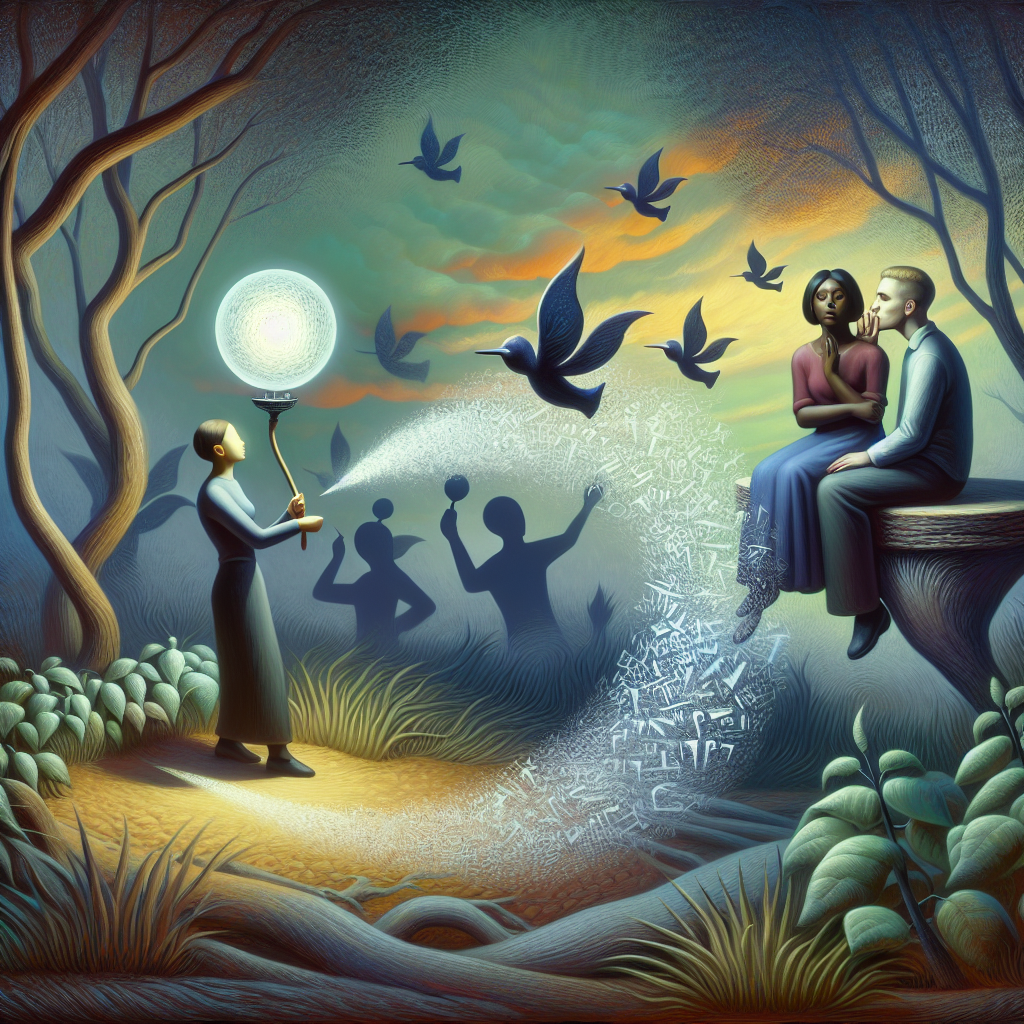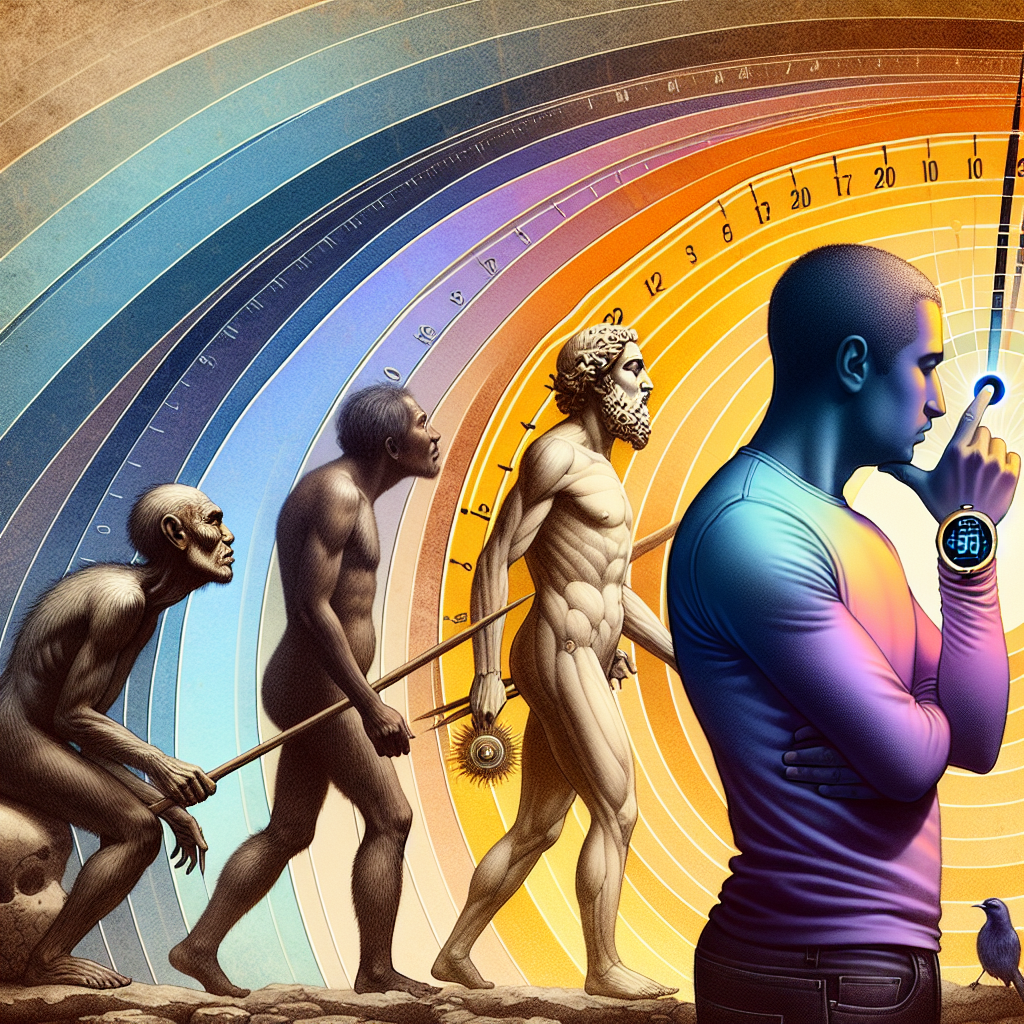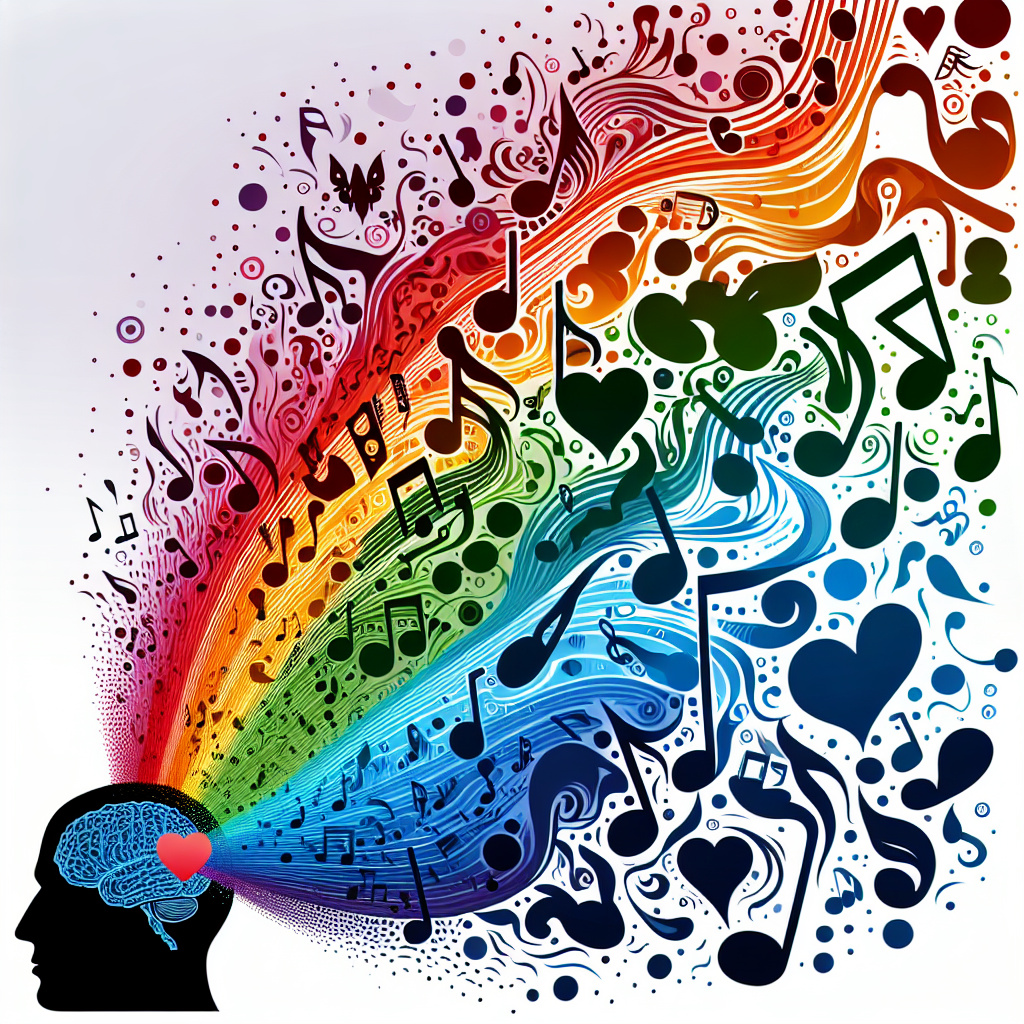Language feels like one of the most neutral tools we have — a simple means to express our thoughts and share ideas. Yet, hidden within the words we use daily are subtle traces of bias that shape how we perceive the world and the people around us. These biases are not always intentional, but they reveal how culture, power, and history influence our very way of speaking and thinking.
Consider how certain professions have long carried gendered associations in language. We instinctively say “fireman” or “policeman,” even though both men and women serve in these roles. The word “nurse” often conjures the image of a woman, while “engineer” may evoke a man. Such linguistic habits don’t just reflect social stereotypes — they quietly reinforce them. Studies in psycholinguistics show that when job titles are gendered, people unconsciously picture that role being filled by the gender implied in the word. Changing to neutral terms like “firefighter” or “police officer” may seem like a small shift, but it’s one that can reshape collective perception over time.
Bias in language also extends beyond gender. The very structure of some languages encodes hierarchies and social norms. For instance, in Japanese, there are distinct levels of politeness that define how one should address a superior versus a friend. These linguistic nuances can mirror societal power dynamics. In English, meanwhile, phrases like “illegal alien” or “the homeless” reduce people to a single characteristic, turning a complex human identity into a label. By contrast, saying “undocumented immigrant” or “person experiencing homelessness” reframes the individual as a person first, rather than defining them by circumstance.
Even metaphors reveal bias. When we describe dark things as bad (“a dark past,” “black sheep”) and light things as good (“bright future,” “white lie”), we’re reinforcing centuries-old cultural associations between color and morality. These patterns didn’t arise by accident; they trace back to ancient religious symbolism and colonial histories. While most people don’t consciously equate “dark” with “evil” in racial terms, language continually echoes these associations, subtly shaping thought and perception.
There’s also bias in the way we talk about ability and emotion. Words like “crazy,” “lame,” or “blind to the truth” have long been used metaphorically, yet they stem from stigmatizing descriptions of mental illness or disability. Similarly, “man up” implies that emotional strength is masculine, discouraging vulnerability in men while devaluing emotion as weakness. These everyday phrases pass unnoticed in casual speech, but collectively they define what society considers “normal,” “strong,” or “worthy.”
One of the more insidious features of language bias is that it often hides in grammar itself. In many languages, the masculine form is treated as the default or “neutral.” French, Spanish, and German all use masculine plurals to refer to mixed-gender groups, which subtly privileges male identity as the norm. Efforts to introduce gender-inclusive forms — like the use of “·e” or “x” endings in Spanish (“amigxs” or “amig·e·s”) — are not simply about political correctness; they represent attempts to correct centuries of imbalance built directly into linguistic systems.
Technology, too, has begun to reveal new forms of linguistic bias. Voice assistants and AI language models, for example, learn from vast corpora of human text — meaning they absorb not only our vocabulary but also our prejudices. That’s why early virtual assistants were often given feminine voices and programmed to be submissive or accommodating, reflecting deep cultural stereotypes about women’s roles. As artificial intelligence becomes more embedded in daily life, recognizing and correcting these encoded biases becomes not just a linguistic concern but an ethical one.
Language is not static. It evolves with us, and through us. The very fact that we now discuss “microaggressions” or “inclusive language” shows that society is becoming more aware of how words shape reality. Some may view these shifts as overcorrections or political sensitivities, but they are part of a broader movement toward self-awareness — a recognition that our words do not merely describe the world; they build it.
Understanding the hidden biases in everyday language isn’t about policing speech; it’s about awareness. Every phrase carries a trace of history and culture, and by learning to recognize those traces, we gain the power to choose our words with greater care. In doing so, we don’t just speak differently — we think differently. And that small shift in thought can ripple outward, subtly changing how we see others, and how we see ourselves.




